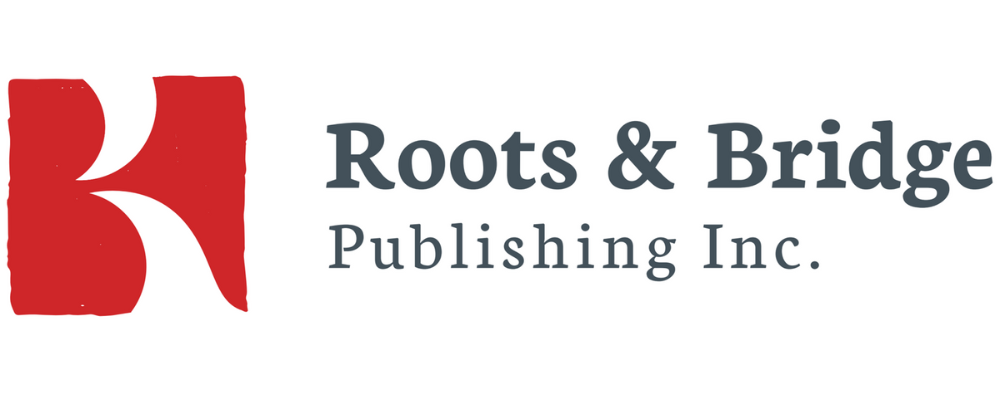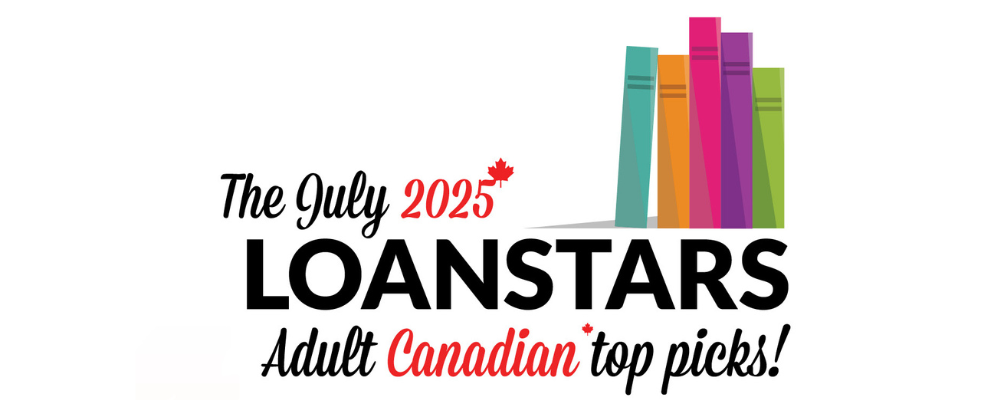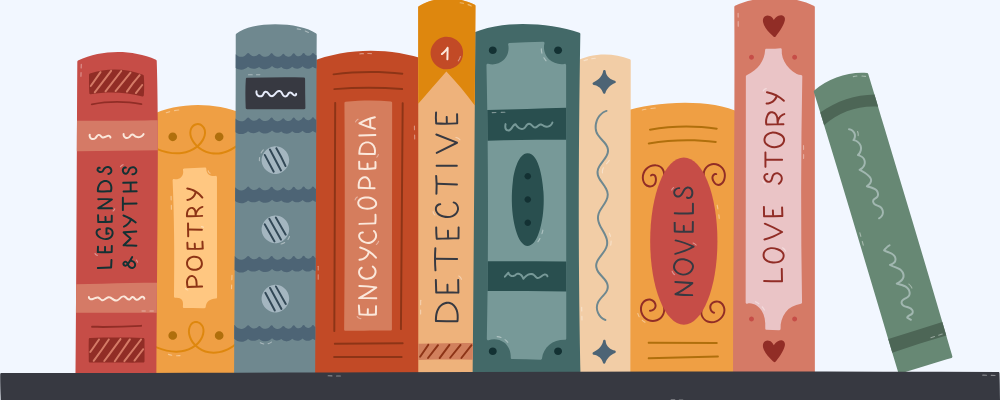Karen McKay, Communications Manager at Centre for Equitable Library Access (CELA) and Megan Sellmer, Web and Usability Assistant at National Network for Equitable Library Service (NNELS) share insights into the background, surveying, and results of the Is Your Public Library Accessible? study.
If you build it, they will come. At least that’s the theory. But building an effective accessible reading landscape for people with print disabilities requires the collaboration and dedication of the entire book supply chain from publishers through to wholesalers, distributors, booksellers, and libraries. For the end user, all these collective efforts mean they can enjoy a great story, stay informed, complete academic studies, and enhance their economic opportunities.
The Public Library Accessibility Resource Centre (PLARC) plays a role in these efforts by working with libraries to identify and remove barriers that may impact access to reading and information. PLARC recently completed a study called Is Your Public Library Accessible? which engaged users with lived experiences to evaluate their local public libraries and provide insight and feedback about accessibility barriers. PLARC amalgamated their responses and provided resources to help libraries address barriers that may be present in their own spaces, services, and programs.
“PLARC is a collaboration between the National Network for Equitable Library Service (NNELS) and the Centre for Equitable Library Access (CELA). As service providers to people with print disabilities we regularly hear how important accessible reading materials are to our users and about the great efforts libraries are making to ensure they have access. We also hear about the things users wished libraries understood. In developing this study, we wanted to take the experiences of people with lived experiences and extrapolate them so that all libraries can evaluate their own efforts, celebrate what they are getting right, and find ways to improve those areas that might need attention” says Daniella Levy-Pinto, Manager for NNELS.
Laurie Davidson, Executive Director of CELA adds “we know the efforts that publishers and other stakeholders in the accessible book supply chain have put into creating accessible materials and we want libraries to have all the knowledge and tools to make sure those resources get into the hands of those who need them, easily and efficiently. As the importance and benefits of accessible reading materials becomes more widely known, the demand will increase. Libraries play a key role in both supplying the books but also educating the public about them. The PLARC study aims to help with both of these goals.”
The Is Your Public Library Accessible? study was completed between June 2022 and January 2023, using focus groups and a series of monthly surveys, which participants completed after evaluating the accessibility of their local public libraries.
Participants in the study all self-identified as having a visible or invisible disability, had access to a Canadian public library (in-person and/or virtual access), and were interested in making their library more accessible.
At the completion of the information-gathering stage, the PLARC team evaluated the surveys and focus group responses and organized their recommendations into seven categories:
Staff knowledge and training
Physical and digital content
Library website and catalogue
Library building and spaces
Library programming
Marketing and communications
Other library services
While all areas are important, of particular interest to publishers and distributors is the area of Physical and digital content. Comments from participants ranged from wanting more accessible content of all types and formats (including books and DVDs) to wanting that content to be more prominent and easily accessible within the library’s physical or digital spaces.
“I imagine there may be more accessibility features at my library — they are just not promoted. Perhaps it's a matter of "if you build it, they will come, just let them know about it!" Sometimes folks have a habit of looking at what's not there … rather than what is available!” says one of the study’s participants.
The final report, which is publicly available on the PLARC website AccessibleLibraries.ca, makes a series of recommendations for each of these categories and provides libraries with resources to help them address accessibility gaps.














The Booksellers’ List is here!